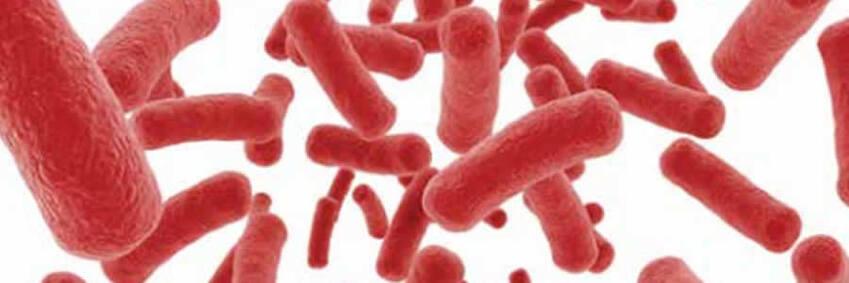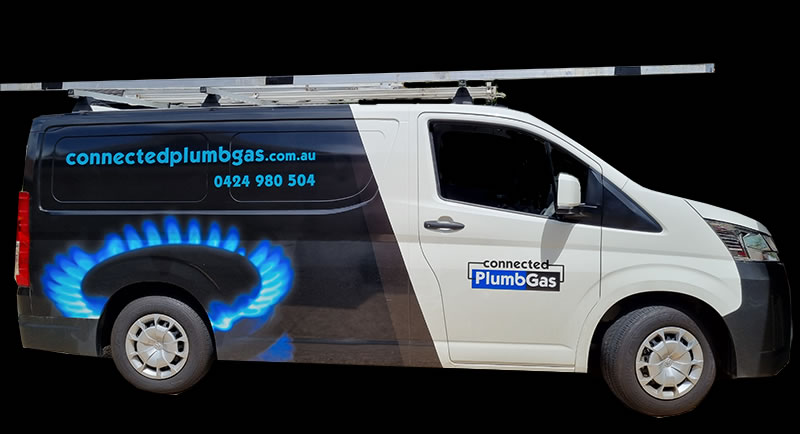Plumbers protect the health of the community
Article by Ernie Kretschmer, MPAQ
Hot water can be very dangerous for several reasons, mainly through scalding injuries and microbial issues. Licensed plumbers tackle these in various ways but mainly through the installation of tempering/thermostatic valves to control water delivery temperature and correct installation to ensure the deficient free operation of the water heating system to deter microbial growth.
Storage water heaters are required to store water at a minimum of 60°C in order to inhibit bacteria growth. Australian Standards require that delivery temperature for water in areas primarily for personal hygiene be tempered to 45°C for the aged, sick, children or people with disabilities. This is specific to those in healthcare and aged care buildings, early childhood centres, primary and secondary schools, and nursing homes or similar facilities for these categories of people. Delivery temperature water at the outlet of sanitary fixtures used primarily for personal hygiene purposes for all other situations is required to be at 50°C. These temperatures are easily achieved by the use of tempering and thermostatic mixing valves which mix cold water with the high temperature water from the hot water heater (stored at about 60°C in a storage system).
The Master Plumbers’ Association of Queensland believes designers, developers and builders are creating future problems by insisting on installing warm water systems.
As an example, a new car can travel along a highway at 100kph without issue, but should something go wrong there are safety devices in place to reduce tragedy. If someone alters the vehicle or neglects to perform maintenance (i.e. bald tires, faulty seatbelts) the chances of something going wrong are heightened as the regard for safety has been removed, leaving only one thing to go wrong for tragedy to happen.
Warm water systems are very much the same where the maintaining of a pasteurising temperature over 60 degrees celsius is removed and replaced with a temperature ideal for bacteria growth. To combat bacteria, Ultra Violet (UV) or other disinfection systems are installed as a safety device on such systems, however it is believed that far too much trust is placed in them. UV does not kill the Legionella bacterium, it simply sterilises it and prevents it from multiplying, which only works sufficiently if the UV system is working efficiently, possesses the correct filters prior to the light tubes and is adequately maintained (something property owners / managers are prone not to do).
Likewise, other forms of treatment like chemical dosing or ionization may not be ideal in a care facilities or immune-compromised settings (such as hospitals), but again these (safety devices) require diligent maintenance and upkeep as they are the final safety device on a potential bacterial breeding and delivery system.
It should also be noted that the majority of systems are only half protected with the disinfection system installed on the hot water service only. Legionella can be present in cold water, but will not multiply at temperatures under 20 degrees. After reaching a tempering device, the cold water (untreated) is introduced to warm water (tempered) to the ideal temperature for Legionella growth. Disinfection devices should protect the cold water system prior to entry to the building (and water heaters), this inturn protects both hot and cold systems.
These issues should be addressed at the design phase of an installation as combatting Legionella infections in a retrofit scenario can be nigh impossible.
The obvious answer is to not install warm water systems, instead to retain as much heat in the heated water for the maximum amount of time, thus killing any Legionella bacteria via pasteurisation in both the water heater and the system itself. This of course heightens the chance of scalding. To combat scalds, Thermostatic Mixing Valves (TMV) are required to be as close as possible to the outlets of areas used primarily for personal hygiene to minimise “dead legs” of pipework. In these installations, treatment of the cold water is still highly recommended due to the presence of Legionella.
Whilst TMV’s have various safety features to prevent both cold shock or scalding water delivery, they could potentially cost more to install and maintain than the warm water system.
MPAQ has been petitioning government to implement annual testing requirements and protocols for tempering devices, and to adopt the Australian Standard 4032.3 into legislation so plumbers have a defined standard from which to service and maintain thermostatic mixing valves and systems.
It is a requirement to hold an endorsement on the plumbers licence to commission, service and test thermostatic mixing valves. Training for this endorsement is readily available. The Australian Standard (AS4032.3) requires thermostatic mixing valves to be tested every 12 months and a major service every five years. This standard also states that tempering valves are to be tested every 12 months, however the afore mentioned standard is not currently a legislative requirement in Queensland.
Source: http://www.mpaq.com.au/lib/pdf/Magazine/Jan_Feb%20Master_Plumber_Mag_FINAL_Website.pdf
Looking for a Plumber Sunshine Coast >




